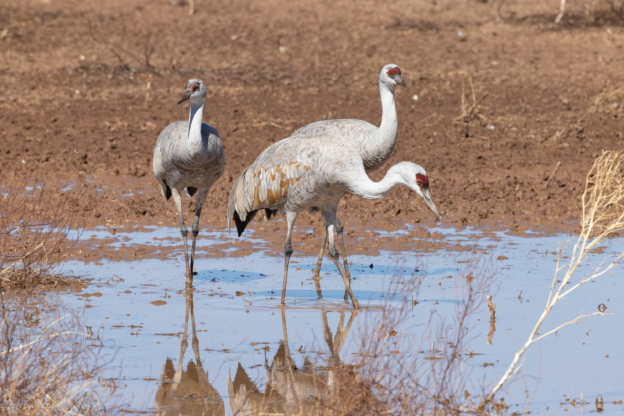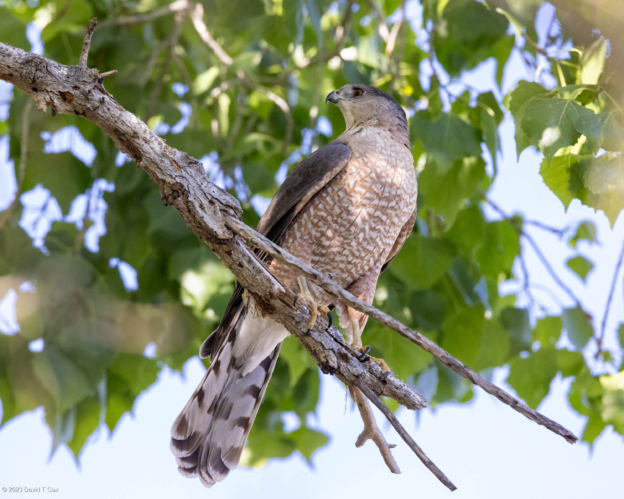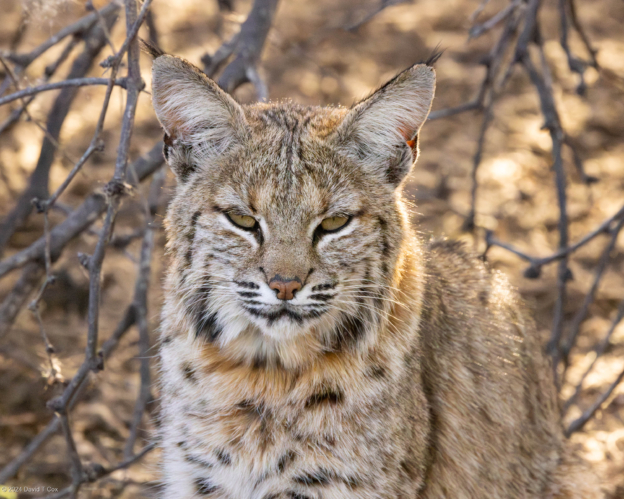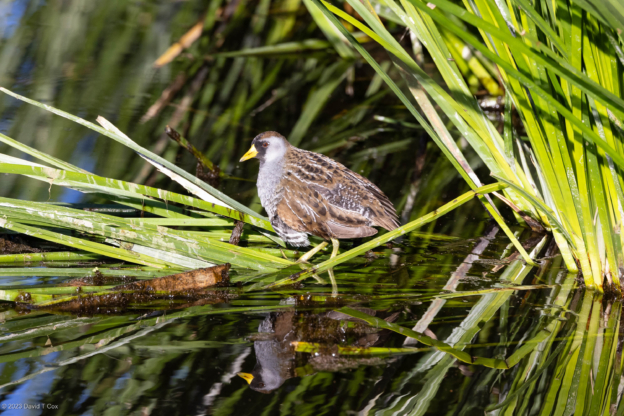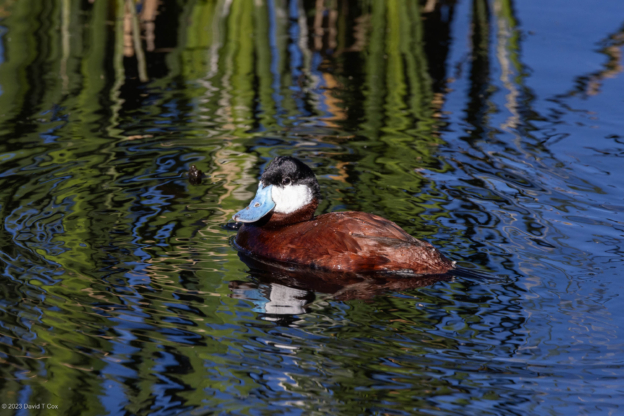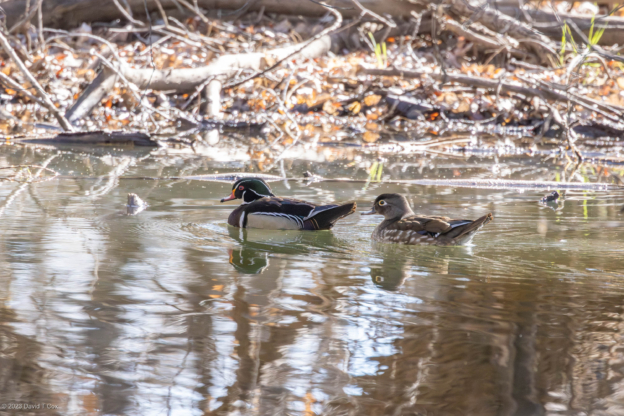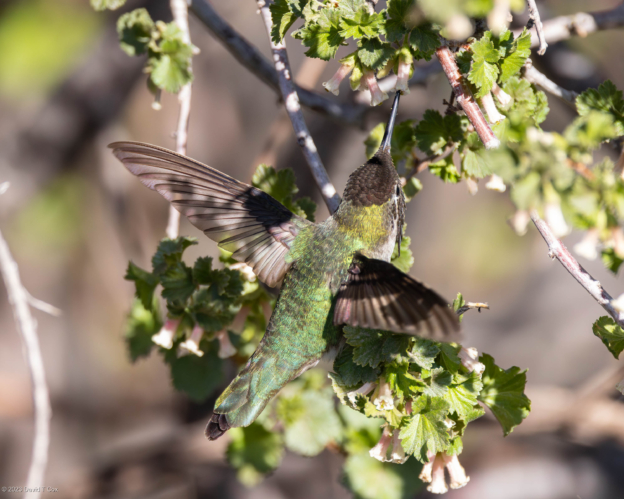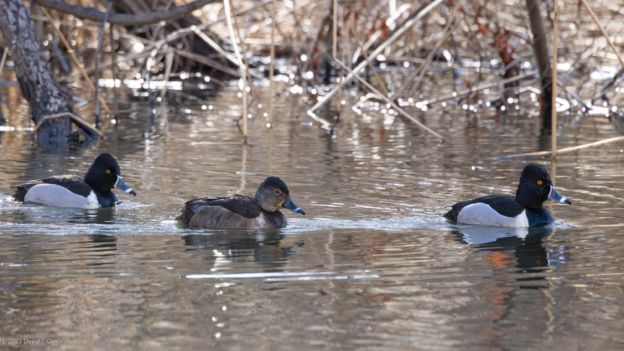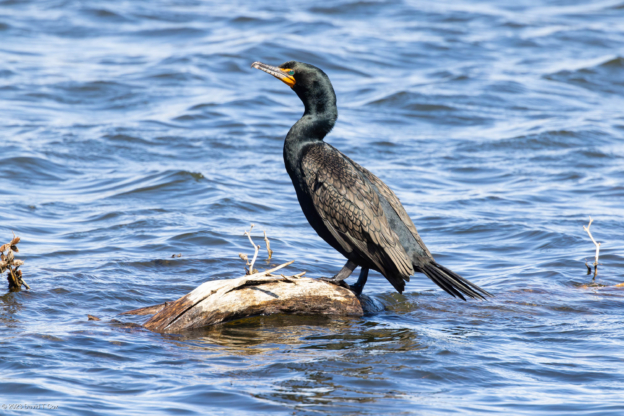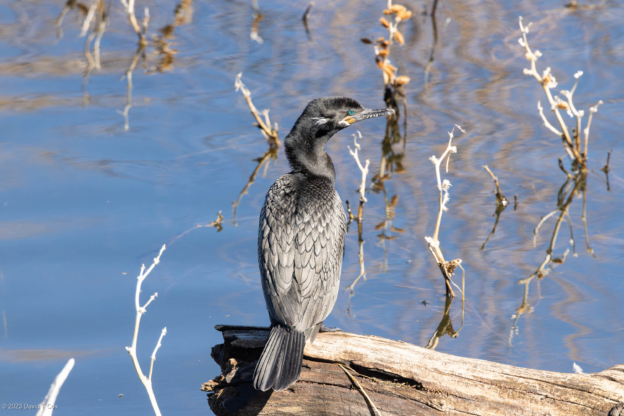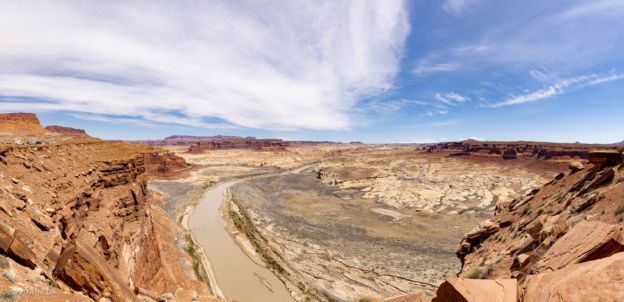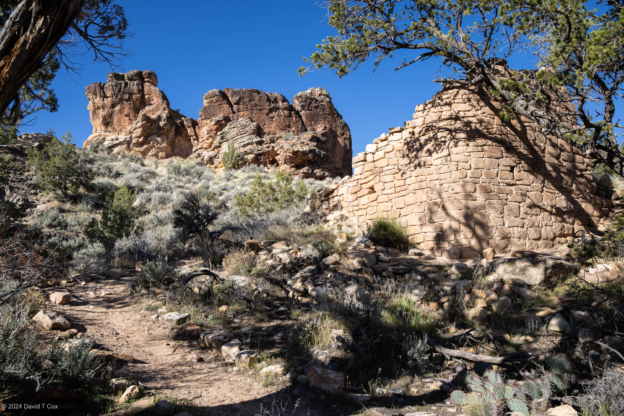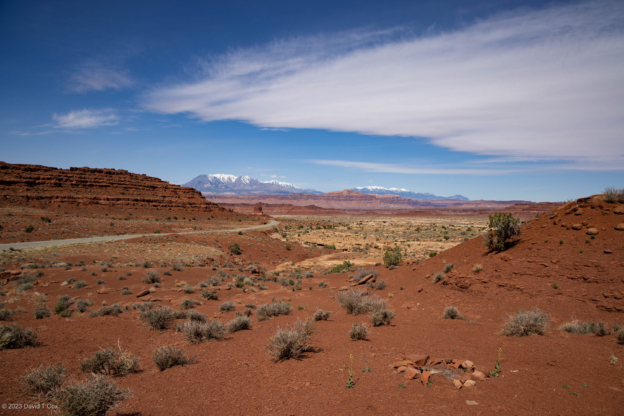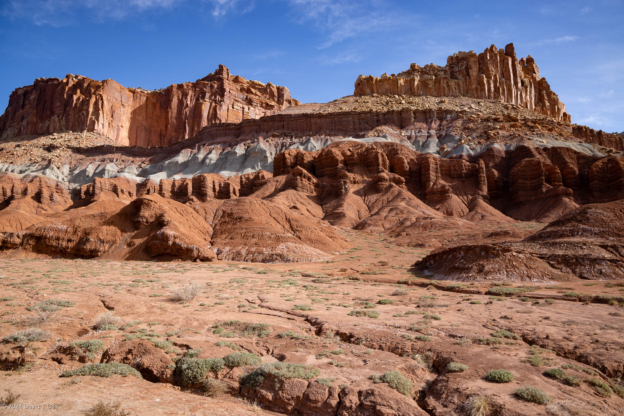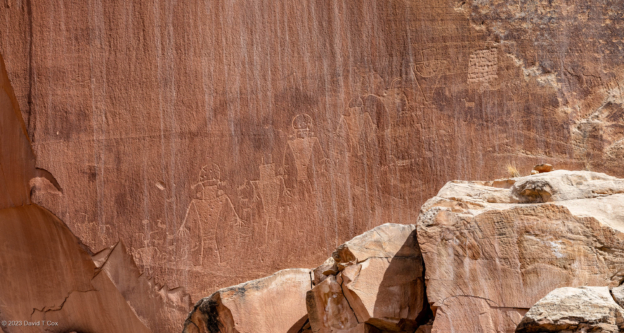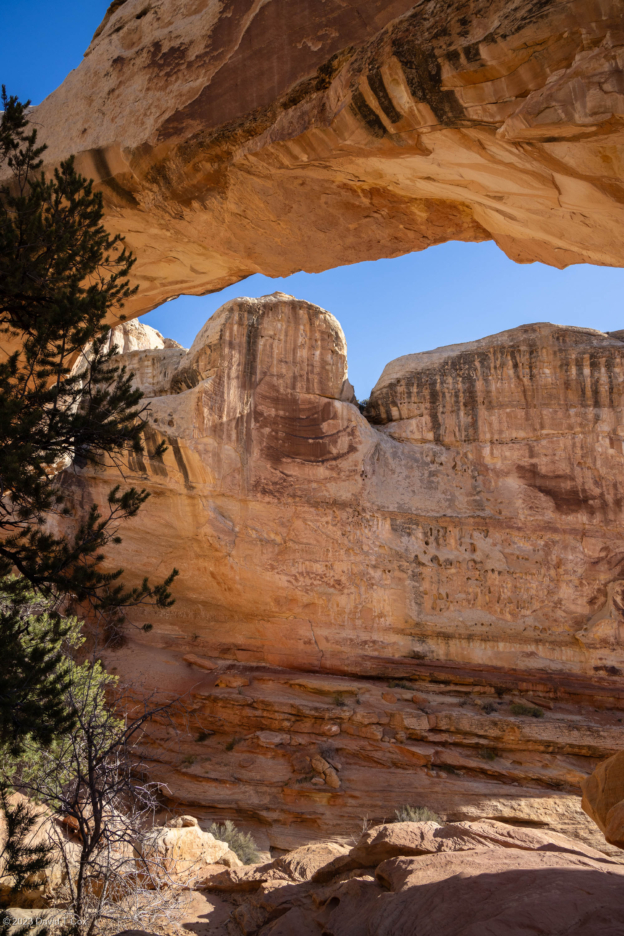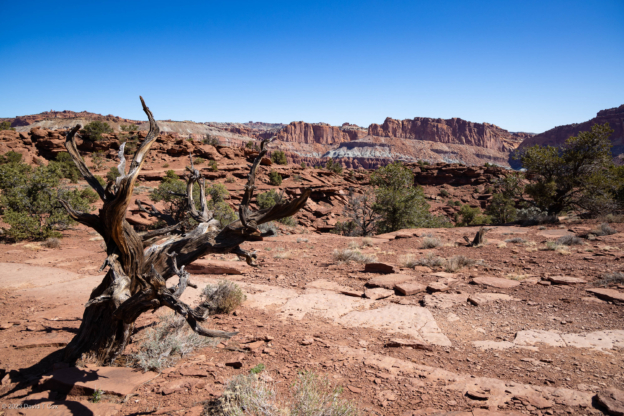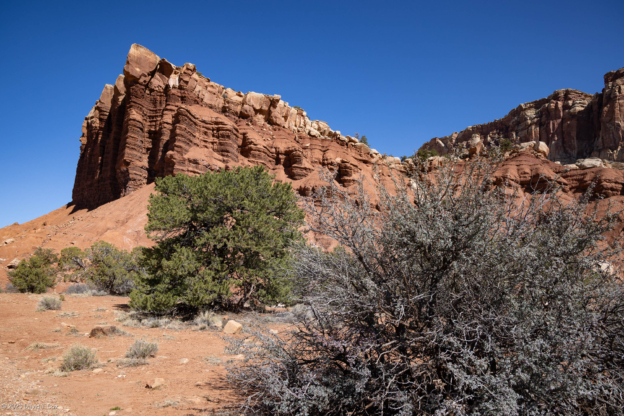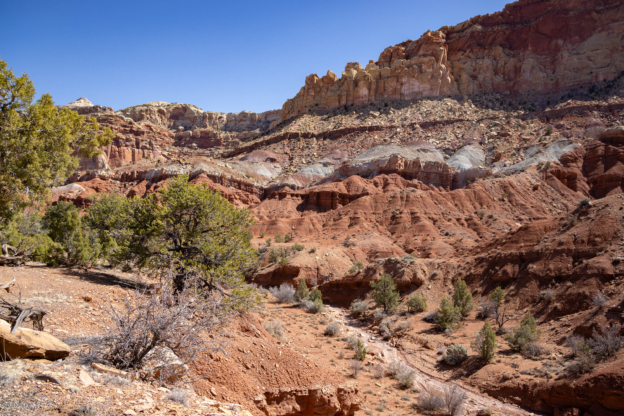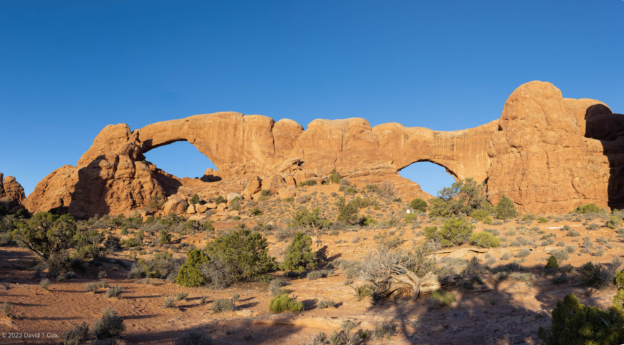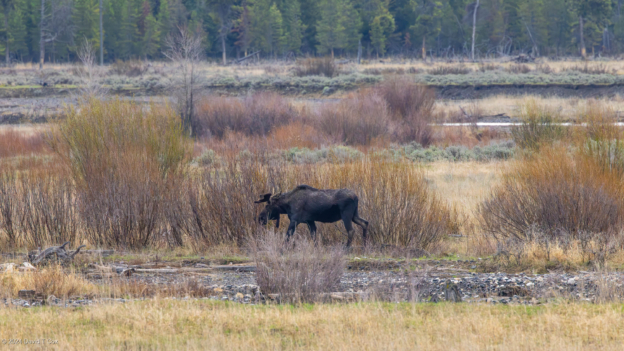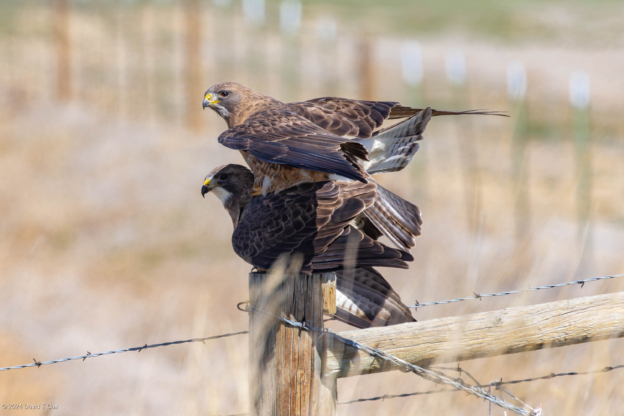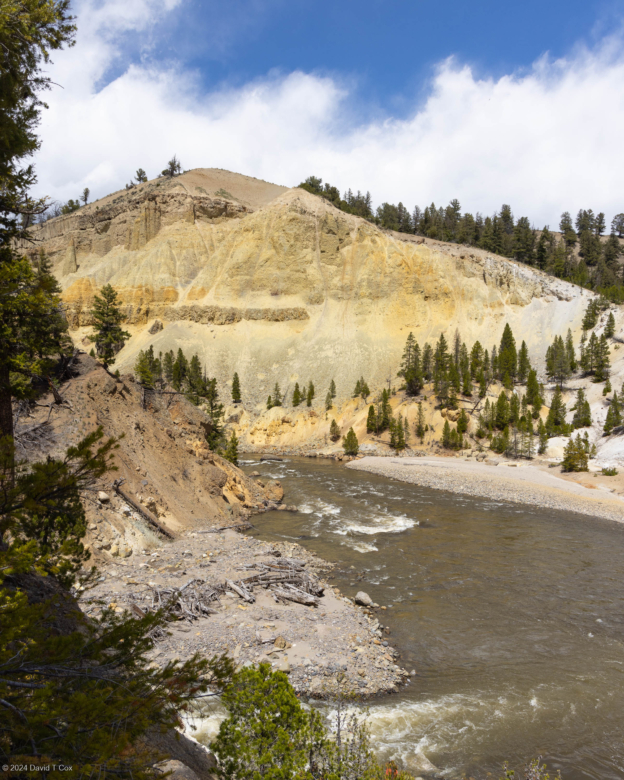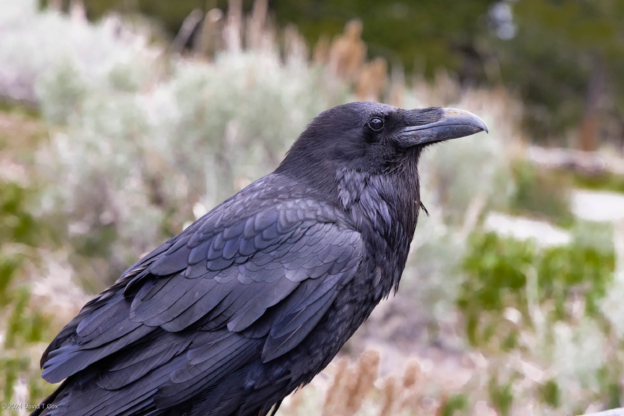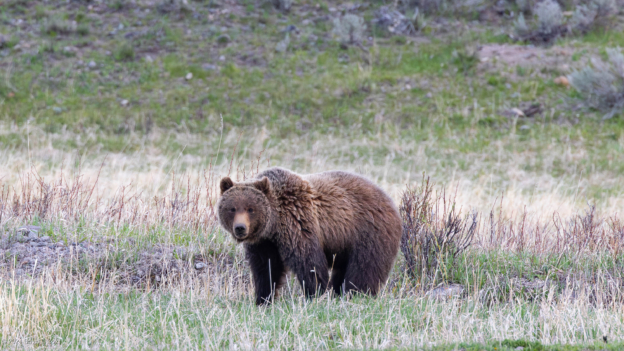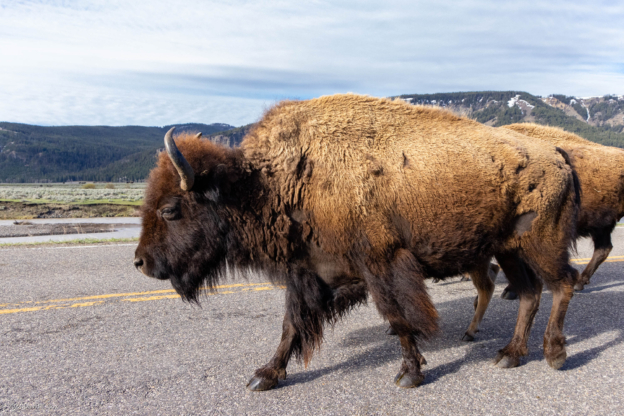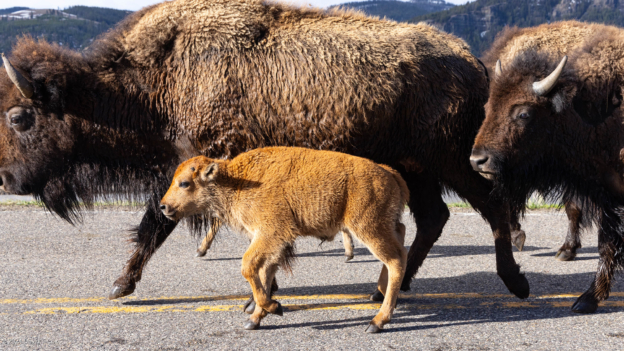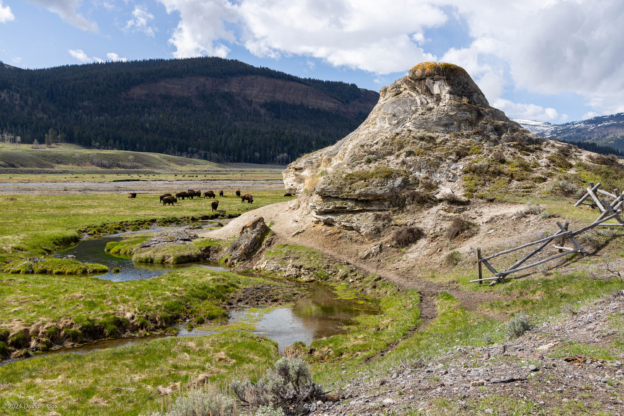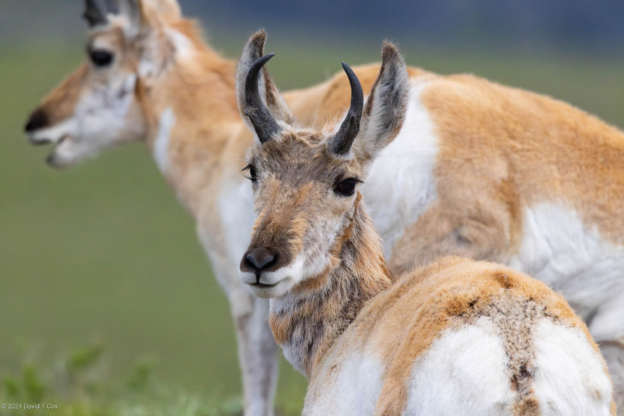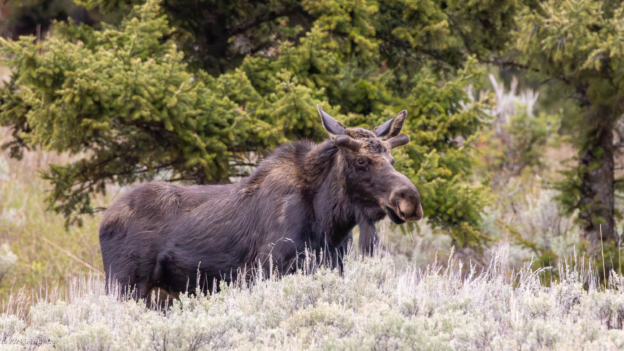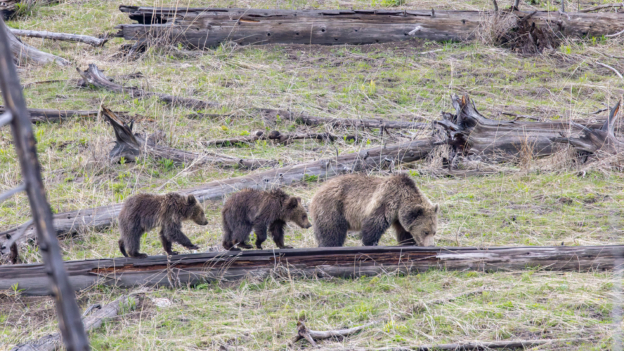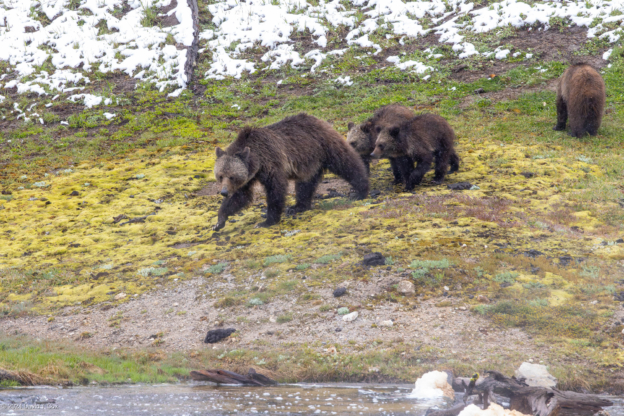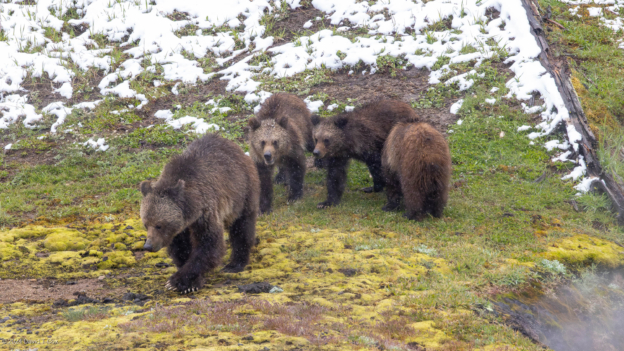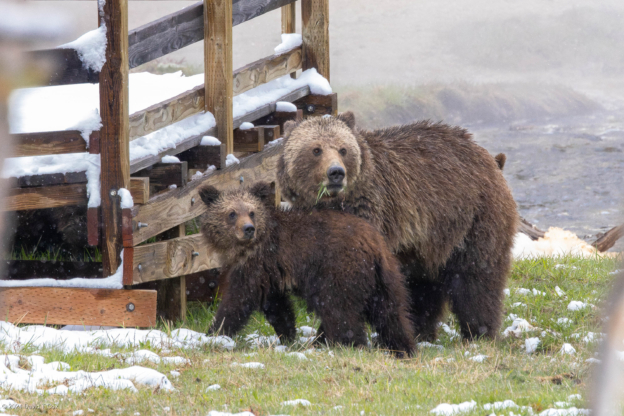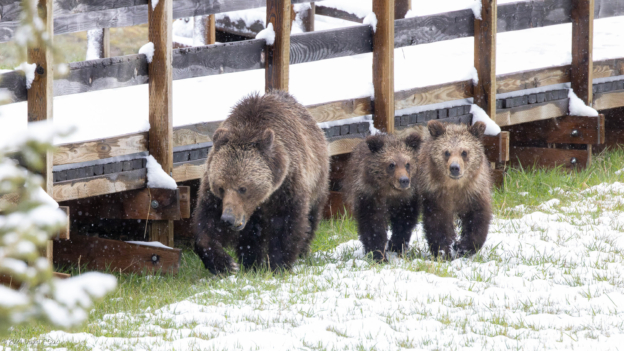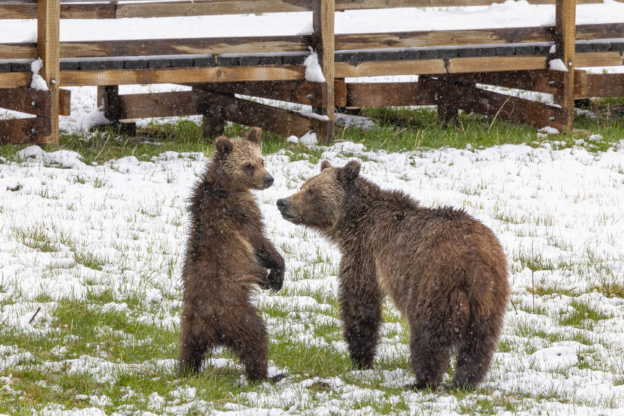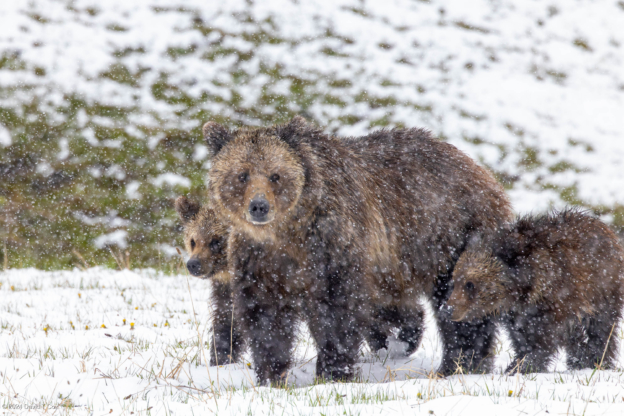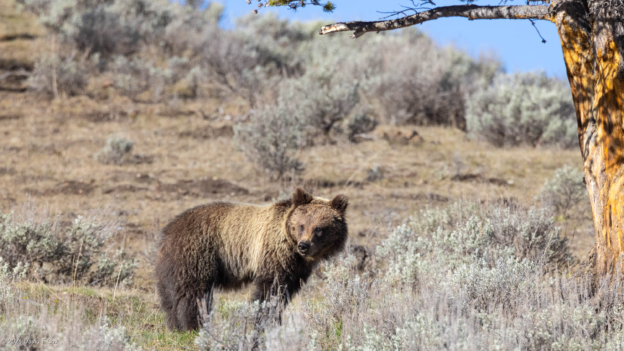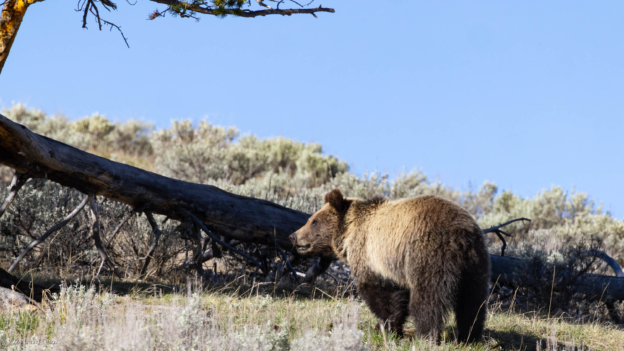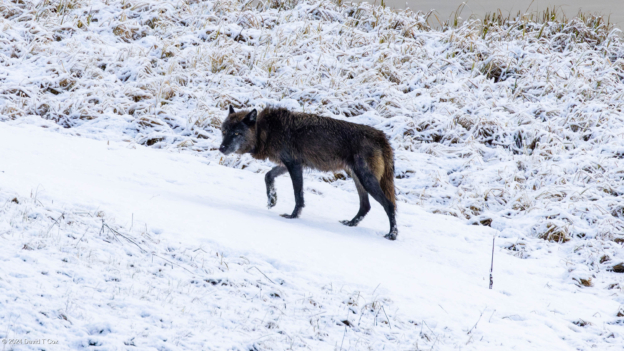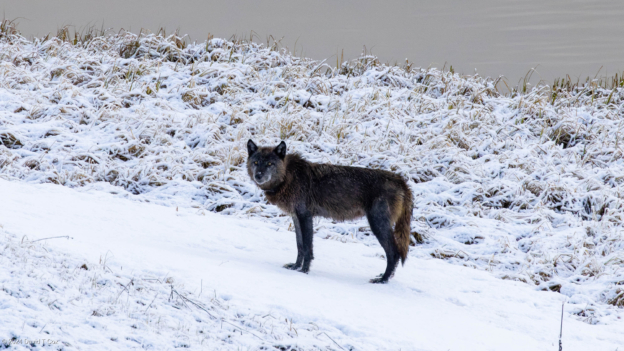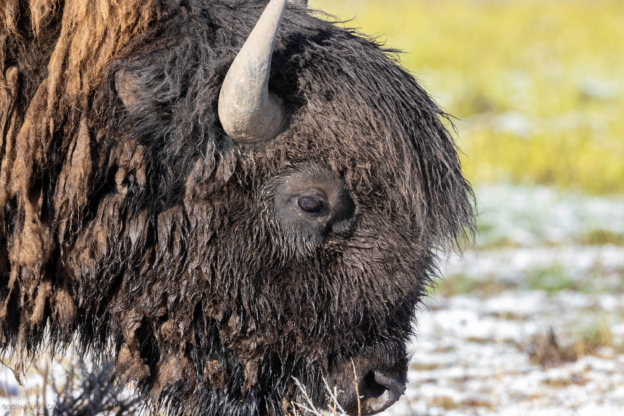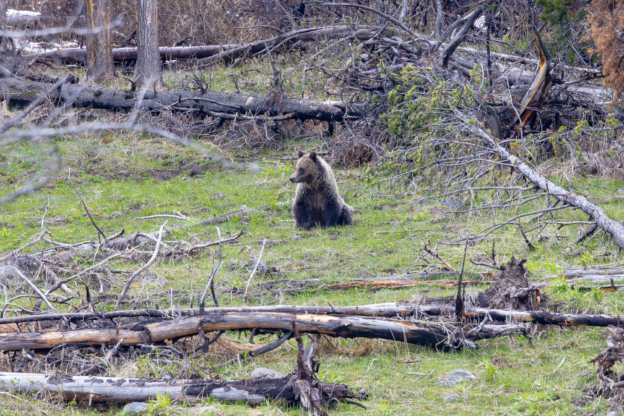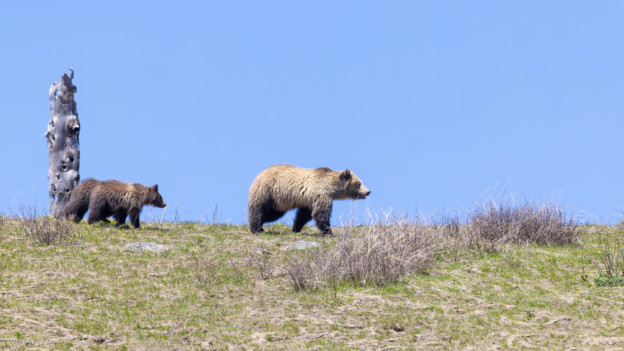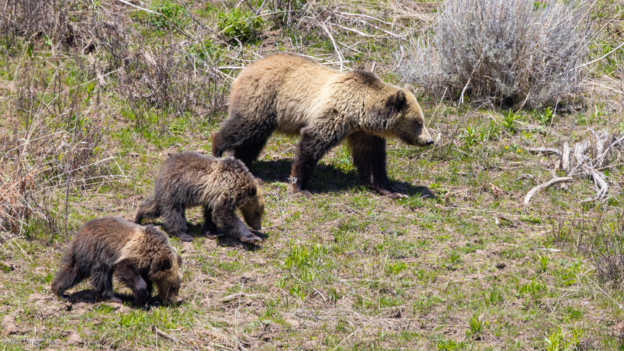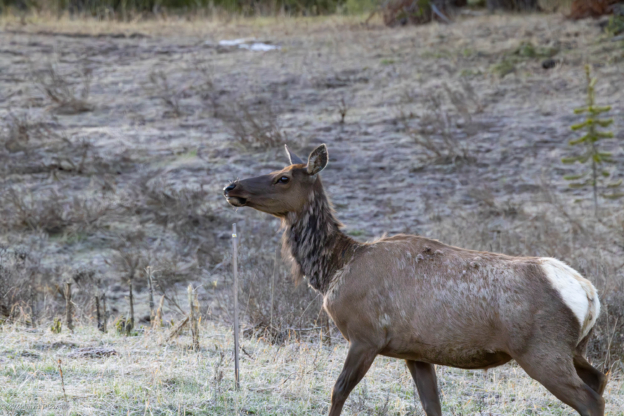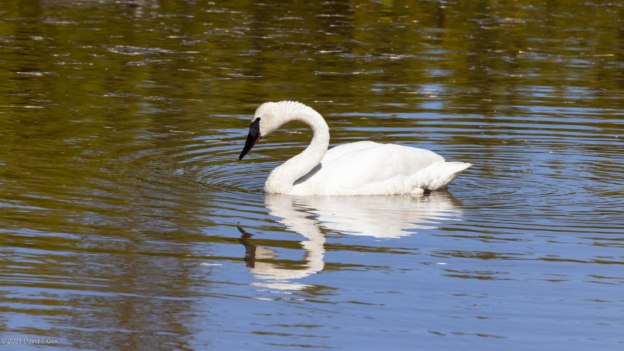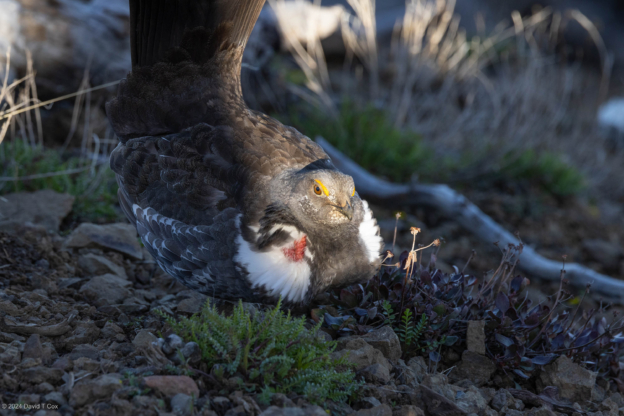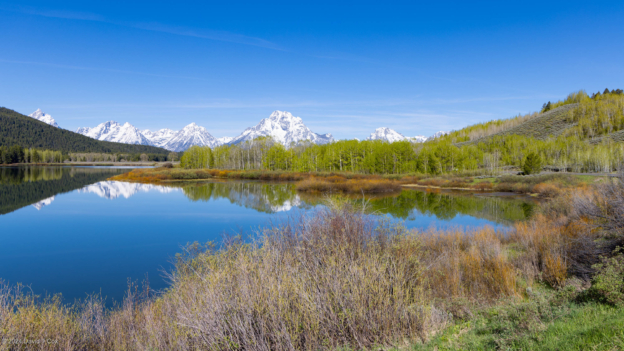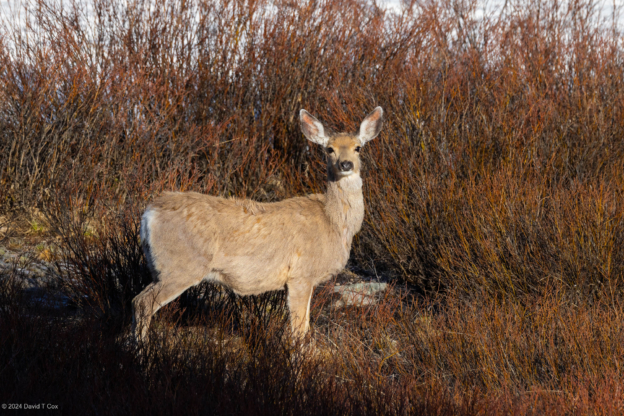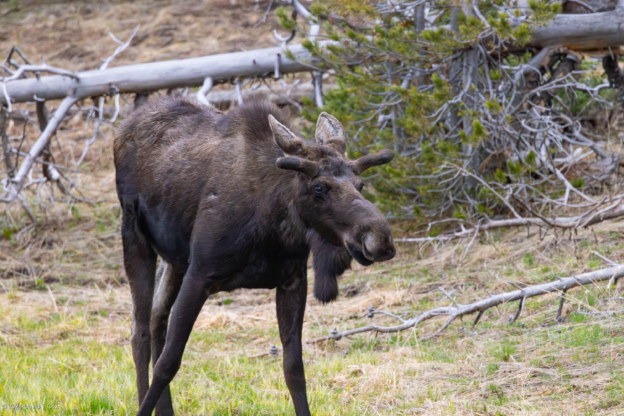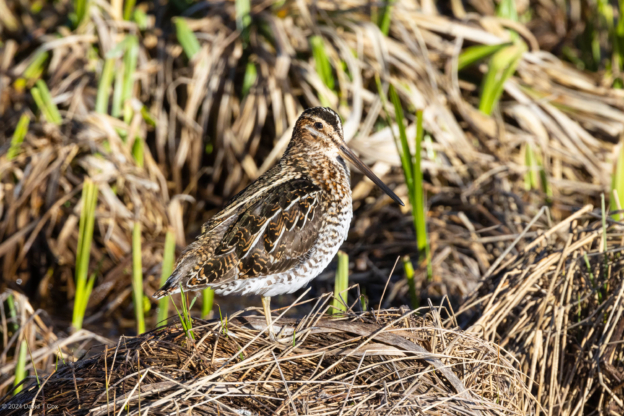I spent 6 days in Moab, UT, doing short hikes daily inside Arches National Park and the Islands and Needles divisions of Canyonlands National Park. I especially enjoy the climbing trek up to the famous Delicate Arch, although this trip I had to do part of the trek twice as I forgot placing my beloved hat under a rock at the Arch, while taking photos – and so retraced my steps. Unfortunately, the hat was no longer under the rock when I returned, and no one ever turned it into lost and found at the park visitor center. It was the second time I have lost the same brand of beloved hat, the first time left on the seat of a taxi in Marrakech 15 years ago. So now I will be forced to buy the hat a third time in something over 25 years. For those interested, the hats were the famous Tilley brand, sized for my head, made in Canada. I have included below a photo not of the hat, but of yours truly at the Delicate Arch, appropriately hatless for the photo.
In Moab I stayed at one of the original motels, the Apache, once on the main highway but now well off the new re-routed highway. The motel is known for hosting John Wayne during several of his movies filmed in and around Moab, most famously Rio Grande with Maureen O’Hara. He visited with his family several times in later years, staying at the same motel. The motel did sell the infamous John Wayne toilet paper, wrapped with the slogan “its rough and its tough and it don’t take crap off anyone”. Fortunately, the motel did provide another brand of paper in the bathrooms.
Just outside of Moab, inside the edge of the Arches Park, is the Courthouse Wash Panel, which was one of the great Barrier Canyon Pictograph sites, with the spectral paintings from the Archaic Period (5,000 to 500 BC) – now unfortunately forever diminished due to a one-night vandalism on April 16, 1980. Someone climbed the mountain at night and used wire brushes and soapy water to scrub the entire roughly 10 X 20 – foot painted panel, scouring all the original images. Major restoration efforts were made to recapture the images, but the original colors and outlines are forever diminished. I have climbed to photograph the panel several times, and with the newest high-resolution equipment and tools available in the Lightroom photo software, I have created several stitched high-resolution composite photos of the panel, and “enhanced” the contrast and remaining colors to bring out much of the original image, though with much subdued colors. A resulting image is included below.
From Moab I traveled to Vernal, Utah, and did some hiking in Dinosaur National Monument, including the Colorado side which in prior year visits always has had its road over the Blue Mountain closed for winter storms. The drive down to Echo Park is 14 miles of unpaved dirt, which starts with a mile descent on narrow single lane switchbacks with an average grade of 11%, much steeper at some points. If you are at the bottom after a heavy rain storm, driving out may not be possible until the road dries. Views at the bottom along the Colorado and Yampa Rivers at their confluence are worth the trip.
For the second time in this area of the Utah Colorado border I ran into swarms of Mormon Crickets, where the ground for several hundred yards appears to be a moving carpet – made up of millions of small crickets all moving together. It very much reminded me of the one time I was inside a moving carpet of swarming Army Ants in Costa Rica. The crickets don’t sting, but it takes quite a stomach to walk and drive through the “carpets”.
Driving Hwy 40 one afternoon on a return to Vernal, the headwinds were blowing at over 40 mph and gusting much faster. This time of year, the tumbleweeds build up yard-thick walls of thousands against the barbed wire fences along the highways. The wind gusts were dislodging the tumbleweeds to fly over the barriers and then come careening head-on down the highway, bouncing up to several feet in the air as they approached for head-on collisions. It took nerve to keep driving as if into a charging army of 2-foot diameter balls of dried weed. The smacks against the hood and windshield were harrowing, though the damage was limited to stuck pieces of weed where-ever it could lodge under the car or even in the engine compartment.
From Vernal I drove up the West side of the Flaming Gorge to Rock Springs, a 19th century coal mining town with a continuing reputation for very hard-core residents. In the town’s museum of history, I admired a plaque listing about 50 names of just some of the town’s bars over the decades. Just north and east of Rock Springs lies the Red Desert; at almost 10,000 square miles, it is the largest expanse of unfenced land in the continental US, crisscrossed only by dirt roads maintained, if at all, for reaching gas wells. I have driven parts of it to visit native American rock art sites, and this trip to visit the unusual monolith, the Boar’s Tusk, a 500-foot jutting spire of black congealed lava which once formed the plug of an extinct volcano.
I arrived in Rock Springs just in the prime season for the mating displays of the endangered Greater Sage Grouse. These live in the high plains sage brush, and during mating season the males congregate in great numbers in specific flat open sites, known as ‘leks’, year after year where the males put on elaborate displays for interested females, with the tails fanned and the entire brilliant white breast area pushed into huge upward moving pulses. It is impossible to describe, but I am sure you can watch videos online if you search. I was given directions to find a viable lek 40 miles away, and have visited twice, needing to arrive well before sunrise, and watching the displays which last generally until about an hour after sunrise. Although most of the action is males, the females which show up seem to watch individual males for a short time and then move on to the next. Very picky. No idea what they are critically looking for in the displays. While watching the grouse on both mornings I had Pronghorn walk through the Lek site.
I have the next two weeks without current plans, before my initial reservations start at the various locations around Yellowstone – so uncertain where I will venture from Rock Springs. Later, Dave
-
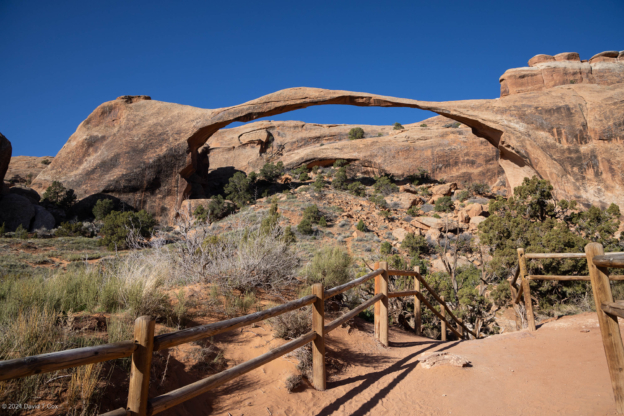
-
Landscape Arch, Arches National Park, UT
-
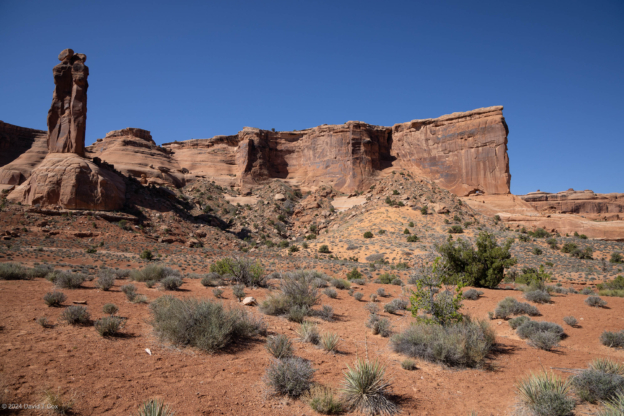
-
Arches National Park, UT
-

-
Courthouse Wash Pictograph Panel panorama 3, Barrier Canyon Style, contrast enhancement, Arches NP, UT
-
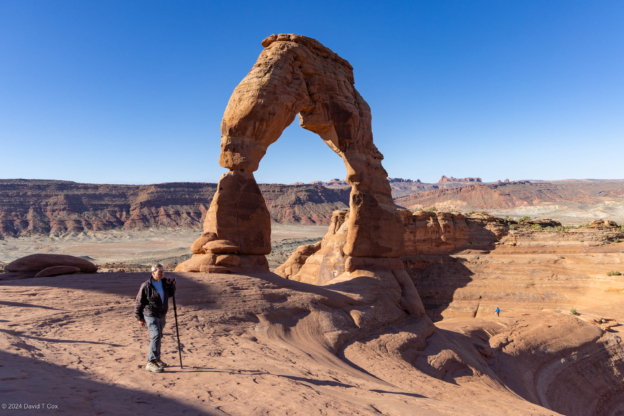
-
Dave at Delicate Arch, Arches National Park, UT
-

-
sleet squalls in distance, Murphy Point Overview, Canyonlands Nat. Park Islands District, UT
-
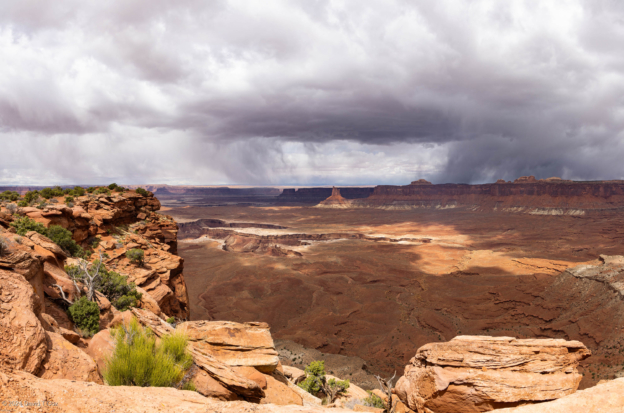
-
Murphy Point Overview pano 1, sleet squals in distance, Canyonlands Nat. Park Islands District, UT
-

-
Murphy Point Overview pano 2, Canyonlands Nat. Park Islands District, UT
-
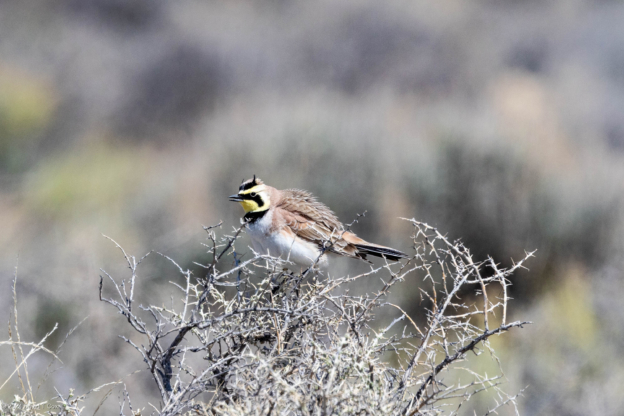
-
Horned Lark, Red Desert, N of Rock Springs, WY
-
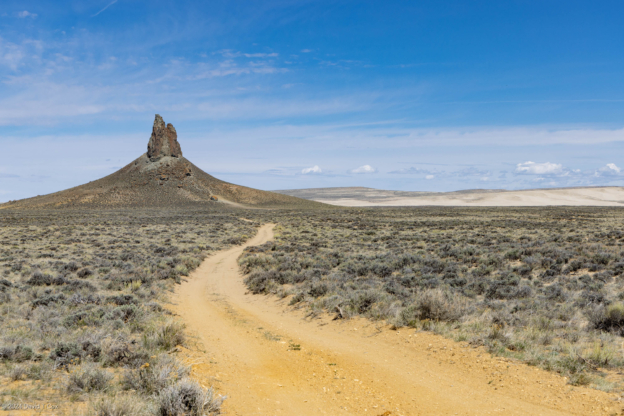
-
Boar’s Tusk w Killpecker Sand Dunes behind, Red Desert, N of Rock Springs, Wy
-
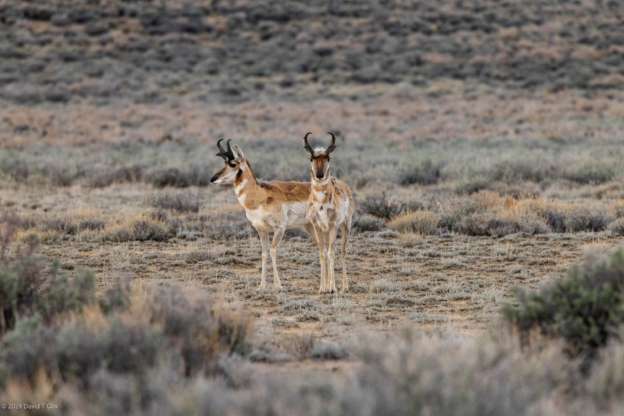
-
Pronghorn at Greater Sage Grouse Lek North Halfway Hollow, S of Green River, Wy
-

-
Greater Sage Grouse & Pronghorn, Lek North Halfway Hollow, S of Green River, Wy
-
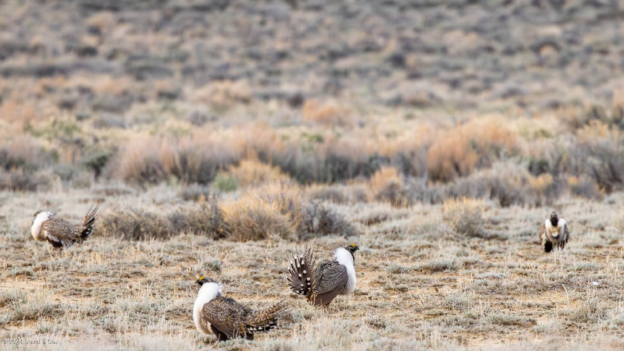
-
Greater Sage Grouse, Lek North Halfway Hollow, S of Green River, Wy
-
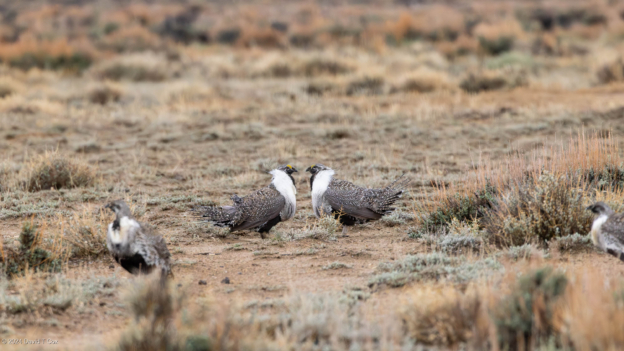
-
Greater Sage Grouse, Lek at North Halfway Hollow, S of Green River & 8.5 miles S of Blacks Fork River, Wy
